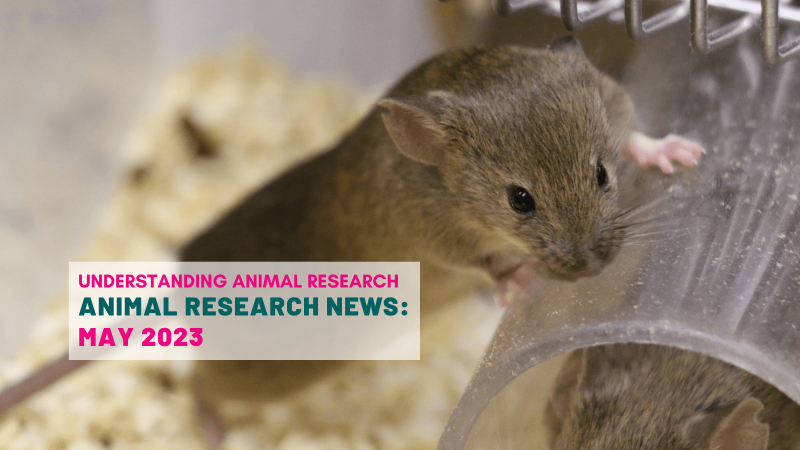
Roughly the size of a sesame seed or smaller, microplastics have spread to every corner of our world, from the tops of mountains to the depths of the oceans, and even deep into our bodies.
We eat, drink and breathe plastic particles daily. Every week, we ingest approximately five grams, the equivalent in plastic of a credit card. Plastics accumulate in the body, raising critical questions about the long-term implications for both animal and human health that we are only beginning to understand.
Microplastics present a dual threat: they act as both physical contaminants and vectors for environmental toxins. Studies have demonstrated that microplastics can absorb and concentrate toxic and harmful chemicals from their surroundings, including environmental pollutants like persistent organic pollutants (POPs) and heavy metals. These toxins can bioaccumulate in animal tissues, leading to adverse health effects, such as endocrine disruption and immune system impairment. Once ingested by marine or terrestrial organisms, they can cause harm to the animals involved, but can also enter the human food chain, potentially impacting human health.
Microplastic exposure causes harm to animals
Numerous studies have documented the vulnerability of marine animals to microplastic exposure. Plastics found in water bottles and clothing are exhaled by dolphins with every breath.
Ingestion can cause physical harm, such as digestive blockages and malnutrition and, in severe cases, it can lead to death. But research on organisms such as oysters, mussels, worms, seabirds and fish has also shown that microplastic ingestion leads to reproductive failure, nutrient deficiency, physiological disruptions, physical harm, physiological stress, and altered behaviour, increasing risks such as tissue inflammation, oxidative stress and predation.
Terrestrial animals, including domestic pets and livestock, are also at risk of ingesting microplastics. This can lead to similar toxic effects to those observed in marine species, with microplastics accumulating in tissues and affecting overall health. The impact on soil organisms, such as earthworms, can disrupt soil health and fertility, leading to broader ecological consequences.
Toxic effects in cells and organoids
The toxic effects of microplastics have been confirmed in mammalian cells, including gastrointestinal cells, airway cells, immune cells, and others. Cytotoxicity of microplastics varies with cell type, particle size, dose, charge, exposure time, type, and additives, causing cell death mainly by oxidative stress and membrane damage. Microplastics with different physical and chemical properties have also been known to modify the activity of immune cells.
Human organoids, including airway organoids, forebrain organoids, intestinal organoids, and liver organoids, have globally confirmed these results. After exposure to microplastics, all of the organoid models exhibit functional disorder.
Toxic effects in animal experiments
Laboratory animals serve as crucial early warning systems for human health risks, making them invaluable in understanding the impact of environmental toxins. Research on microplastic exposure in animals such as mice, rats, and fish has produced alarming findings: the particles accumulate in the liver, kidneys, intestines and other vital organs, including the brain, causing damage. The plastic fragments don’t just pass through the digestive system; they embed themselves into tissues, with harmful effects.
The health effects observed in laboratory animals paint a troubling picture. Studies show that microplastic exposure causes oxidative stress, DNA damage, organ damage and dysfunction, metabolic disorders, inflammation and disrupted immune responses, and neurotoxicity, as well as reproductive and developmental toxicity.
An overview of the scientific literature suggests that microplastics may be associated with the formation of many chronic diseases which affect humans. Researchers have found that microplastic-exposed mice even exhibit signs of cognitive decline similar to dementia. But microplastic exposure doesn’t just affect individuals; the effects ripple on into future generations. Research in mice has found reproductive impacts that include reduced sperm count and quality and ovarian scarring, and also subsequent metabolic disorders in offspring.
What this means for humans
Research into the effects of microplastics on animals has implications for potential human health risks, as the biological mechanisms that cause harm in laboratory animals — inflammation, oxidative stress, cellular damage — operate similarly in human bodies.
Microplastics have been detected in human tissues, including the liver, lungs, intestines, the placenta, and blood, suggesting that these particles can circulate throughout the body and potentially accumulate in various organs. This raises critical questions about the long-term health implications that we are only beginning to understand.
Recent human studies have begun to confirm what animal research predicted. For instance, the inhalation of airborne microplastics can cause lung irritation and inflammation, increasing the risk of respiratory conditions such as asthma, bronchitis, and chronic obstructive pulmonary disease (COPD). The ability of microplastics to cause oxidative stress and inflammation may also lead to tissue damage and contribute to respiratory issues, cardiovascular diseases, liver damage, fibrosis, neurological disorders, and even cancer. Microplastics can act as vectors for harmful chemicals, exposing humans to toxic substances that may disrupt hormonal systems, leading to endocrine disorders, reproductive issues, and developmental problems.
Safety thresholds
No one is safe from microplastic contamination. Microplastics have been found in human placenta, breast milk and an infant’s first stool, indicating exposure begins before birth and continues throughout life. The ubiquity of microplastics means exposure is virtually unavoidable, but what does that mean for our health ?
Understanding microplastic toxicity presents unique challenges for researchers. There is significant variation in plastic types, particle sizes, and doses used in different studies, making it difficult to establish definitive safety thresholds. However, the consistency of harmful effects across different studies and species suggests a genuine cause for concern.
The findings across multiple species paint a clear picture: we must take this threat seriously. As we continue to uncover the full extent of microplastic impacts, animal research will remain a powerful tool in helping us to fully understand the long-term implications for humans.
Last edited: 24 July 2025 10:41



